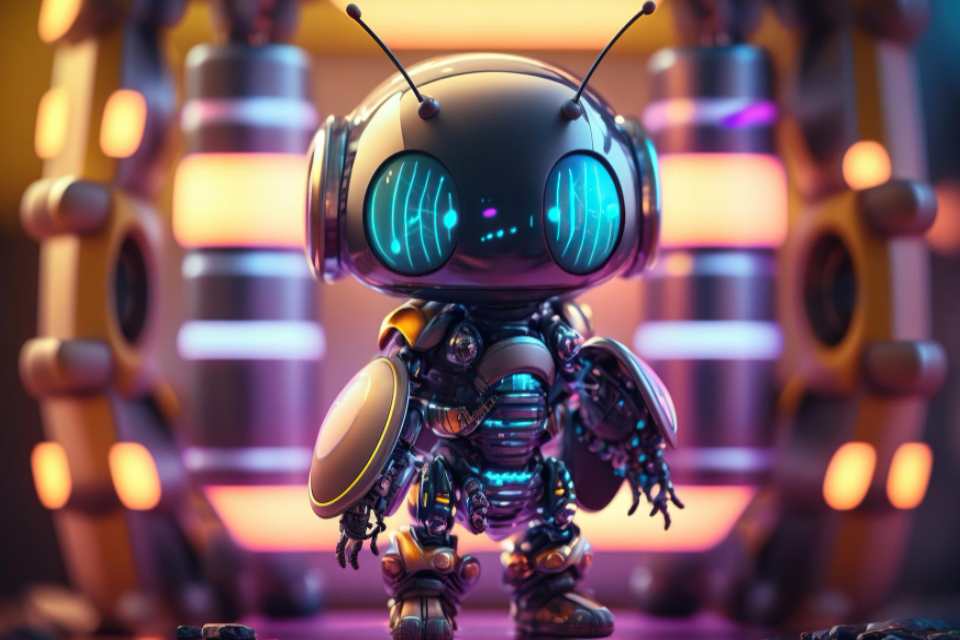A mantra drove the OpenAI team: Keep it simple. Why – in a short synopsis of Fast Company. In May 2023, the ChatGPT chatbot application appeared in the App Store, which until then worked only through the website and unofficial services.
Some users immediately noted the ease of interaction with the bot. Still, some were disappointed with the release: they did not understand how the design of a product based on “revolutionary” technology could be so “soulless” – as if it were a slightly modernized version of the AOL Instant Messenger.
OpenAI designers decided that the application should be as concise and straightforward as the interaction with the bot itself: when a person can receive both text and images in response. Still, he only needs to enter a request ” in his own words.” Ultimately, this simplicity allowed ChatGPT to become the fastest-growing application in history and attract 100 million active users in two months of operation, the newspaper writes.
The OpenAI team also believes that text is one of the most effective forms of communication with a computer, iOS designer Peter Goethe told Fast Company.
The ability to ask the system text prompts – prompts – appeared with the development of the command line interface (CLI), the newspaper writes. The latter was a breakthrough, as it simplified the interaction with the computer for ordinary people, especially after the era of punched cards. However, most users did not understand the CLI either, so working with a computer for a long time remained a lot of IT people and geeks.
Everything changed in 1984, when Apple introduced the Macintosh, abandoned the CLI in favor of a graphical user interface (GUI), and displayed files and applications as objects in a user-friendly world: a folder looked like a physical folder, copies of documents looked like two identical floppy disks.
It is only possible to imagine a smartphone with a GUI, but the graphical interface of individual services and systems could still confuse users.
What can not be said about working with chatbots: a person needs to enter a request in free form in the text field – as if he is addressing a “live” interlocutor. Thinking about possible keywords, as when working with classic search engines, is also optional.
To make the ChatGPT interface fit the simple interaction with the service, the designers abandoned several features that the developers developed for advanced users to keep newcomers safe.
It also took a lot of work to decide how to present the AI. Goethe says AIs are usually thought of as holograms, twinkling blobs of light, and the synergy of abstract particles. But since the text was the primary tool for working with the bot, the designers took the command line interface cursor as a basis. Then they turned it into a circle and chose warm shades, the designer explains.
What does the application interface look like?
The team created a tactile response to give users the impression that AI “lives” behind the phone’s glass: while waiting for a response, the phone vibrates. This is how designers add a “drop of magic” to a simple interface.
Neither Goethe nor his colleagues consider CLI the only appropriate way to interact with a service, so OpenAI is already working on the next version of the design. As the newspaper notes, this is often the case with technologies: at first, “techies” are mainly engaged in the development, and only then are other specialists connected – and they are engaged, among other things, in finalizing the convenience and appearance of the interface.
In the future, priority may be given to another type of interface – for example, with voice control, according to one of the experts interviewed by Fast Company. And the other is that UX with AI will combine text commands, voice commands, and “manual manipulations.” The latter has already been implemented in the DragGAN photo editor, a service that allows you to “twist” images not with text commands but by moving points. After all, “touch” is perhaps an even more natural way of interacting than language, FastCompany concludes.
Also Read: Role Of Artificial Intelligence In The Retail Sector








